Scottsdale’s Refractive Surgery Specialist
Do you suffer from blurry vision, nearsightedness, or farsightedness? Consider scheduling laser refractive surgery at Arora Eye. Dr. Arora and his team offer the customized vision solutions you need to enjoy long-term visual clarity.
Refractive Surgery Types & Options
Our doctors perform both cornea-based and lens-based refractive surgery options to treat refractive errors. Learn more about each treatment option to find the one that’s right for your eyes.
Cornea-Based Refractive Surgery
Cornea-based refractive surgery uses a laser to reshape the damaged cornea and improve vision. While these procedures help correct vision, they aren’t a fix-all. You may still need prescription glasses or contacts after surgery.
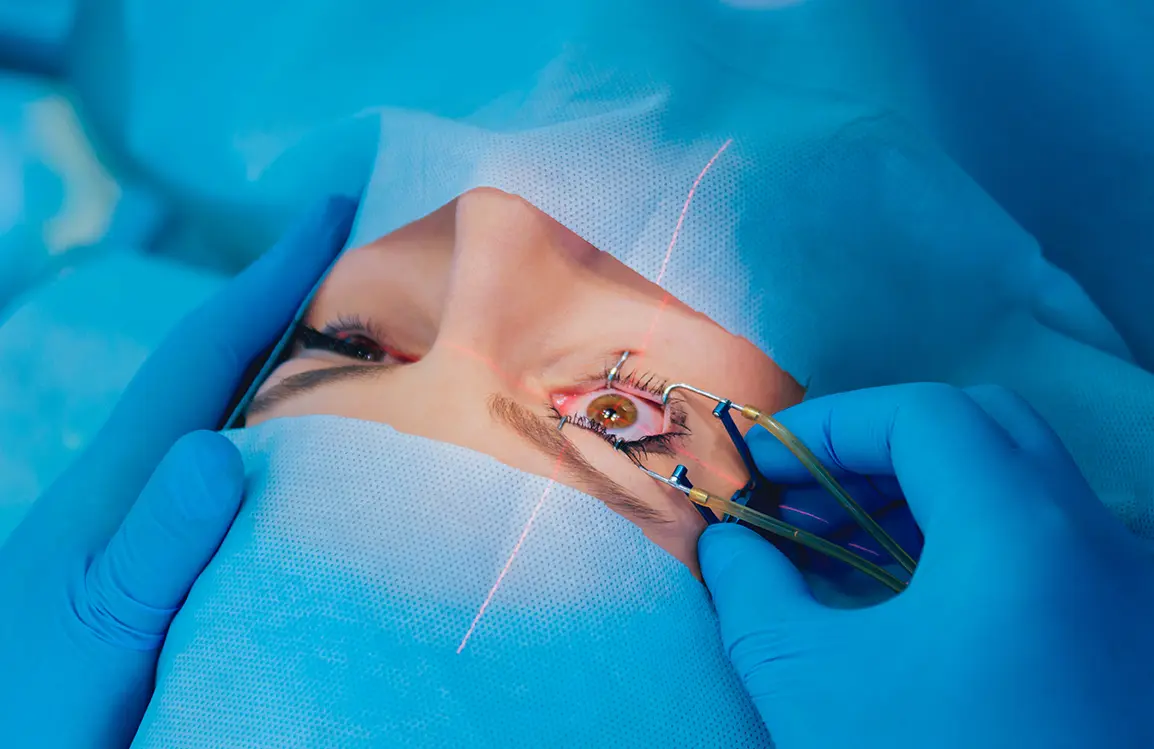
Laser-Assisted In Situ Keratomileusis (LASIK)
LASIK uses a femtosecond laser to create a corneal flap and reshape damaged tissue. This procedure clears blurry vision, thus reducing one’s need for prescription glasses and contacts. LASIK is ideal for patients with astigmatism, hyperopia (farsightedness), or myopia (nearsightedness).
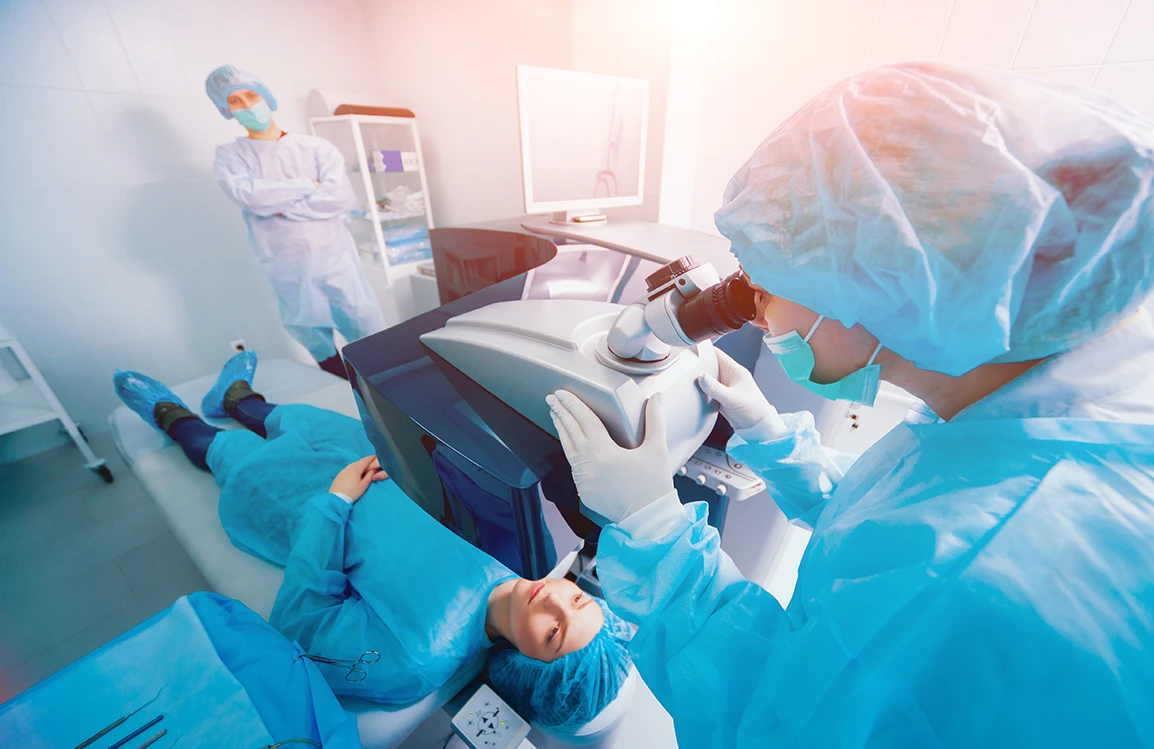
Photoreactive Keratectomy (PRK)
This LASIK alternative is ideal for patients who don’t qualify for LASIK due to thin corneas but still experience myopia, hyperopia, or astigmatism. Rather than creating a corneal flap, the femtosecond laser removes the outer layer of the cornea to reshape it and improve clarity. PRK surgery reduces the need for prescription glasses and contacts but may not eliminate the need entirely.
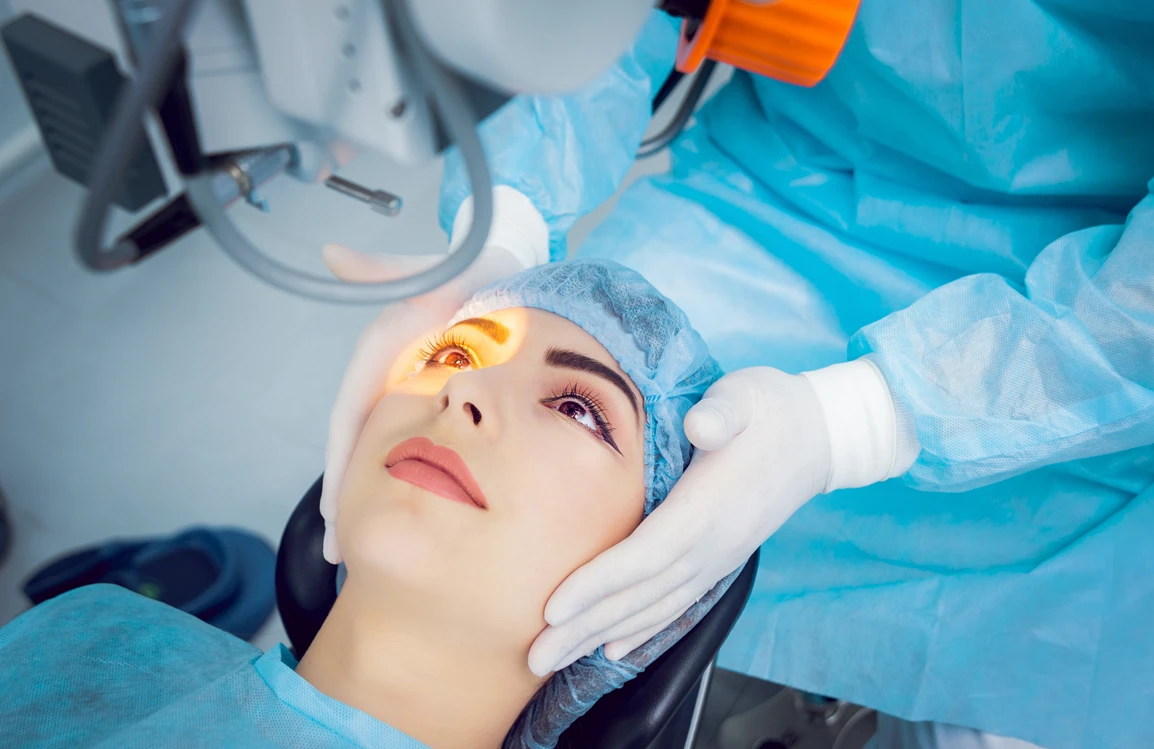
Small Incision Lenticule Extraction (SMILE)
SMILE is another LASIK alternative that’s designed to treat myopia. Like PRK, SMILE surgery doesn’t create a corneal flap. Instead, the femtosecond laser makes a small corneal incision, forms a disc-shaped piece of the cornea, and removes it through the incision to enhance visual clarity. By avoiding a corneal flap, SMILE surgery is less invasive, lower risk, and has a quicker healing period.
Lens-Based Refractive Surgery
Lens-based refractive surgery removes the eye’s natural lens that has undergone damage and replaces it with an artificial one. Lens-based refractive surgery is intraocular, meaning it corrects problems beneath the eye’s surface.
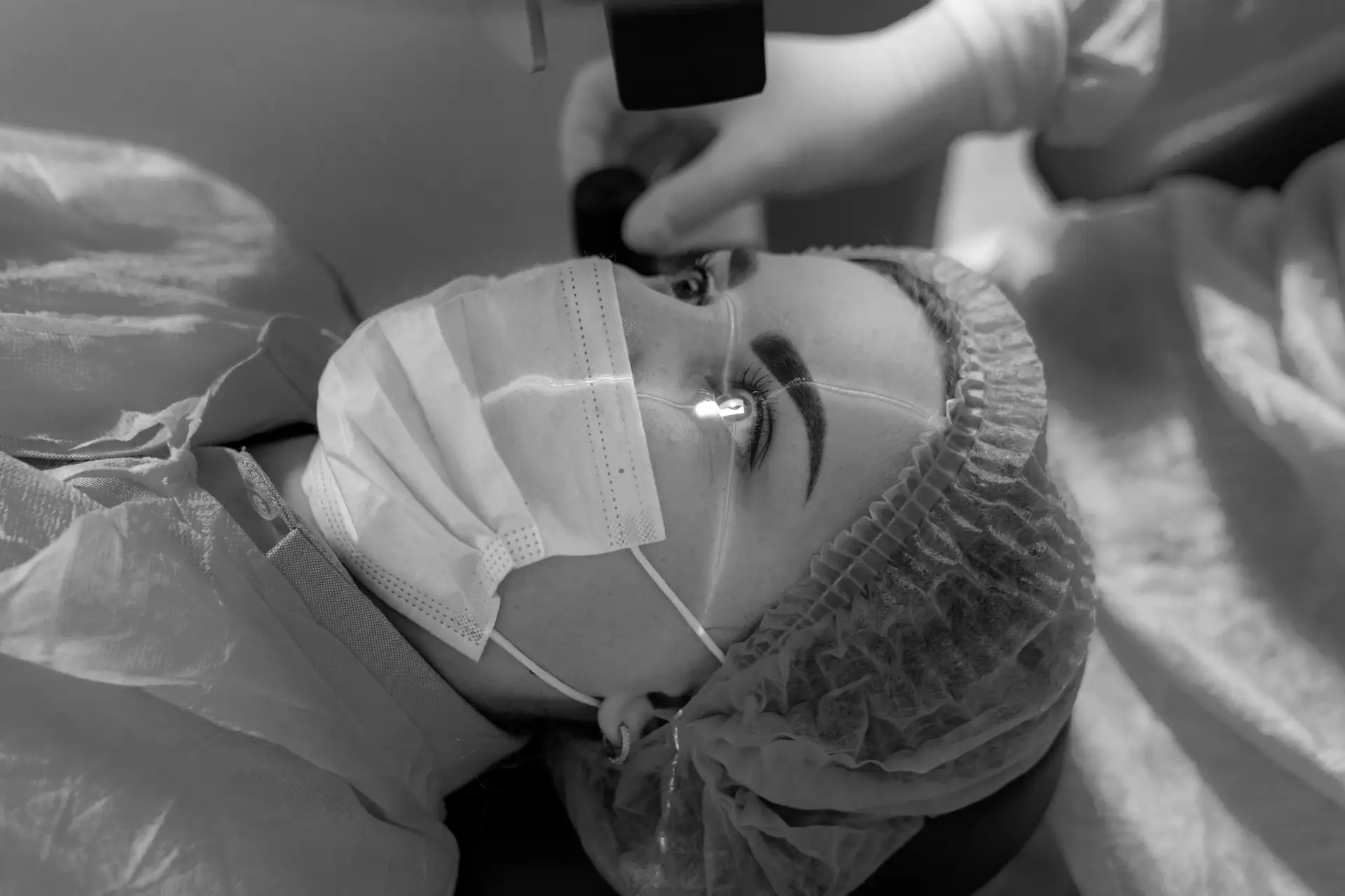
Implantable Collamer Lens (ICL)
During an ICL procedure, the doctor removes the damaged lens and implants a permanent, artificial intraocular lens (IOL). ICL surgery improves vision in patients with myopia, astigmatism, or dry eye.
Refractive Lens Exchange (RLE)
RLE is similar to ICL in that they both replace a damaged lens with a permanent, artificial intraocular lens (IOL). This process improves visual focus in patients with astigmatism, myopia, hyperopia, and presbyopia (age-related vision loss).
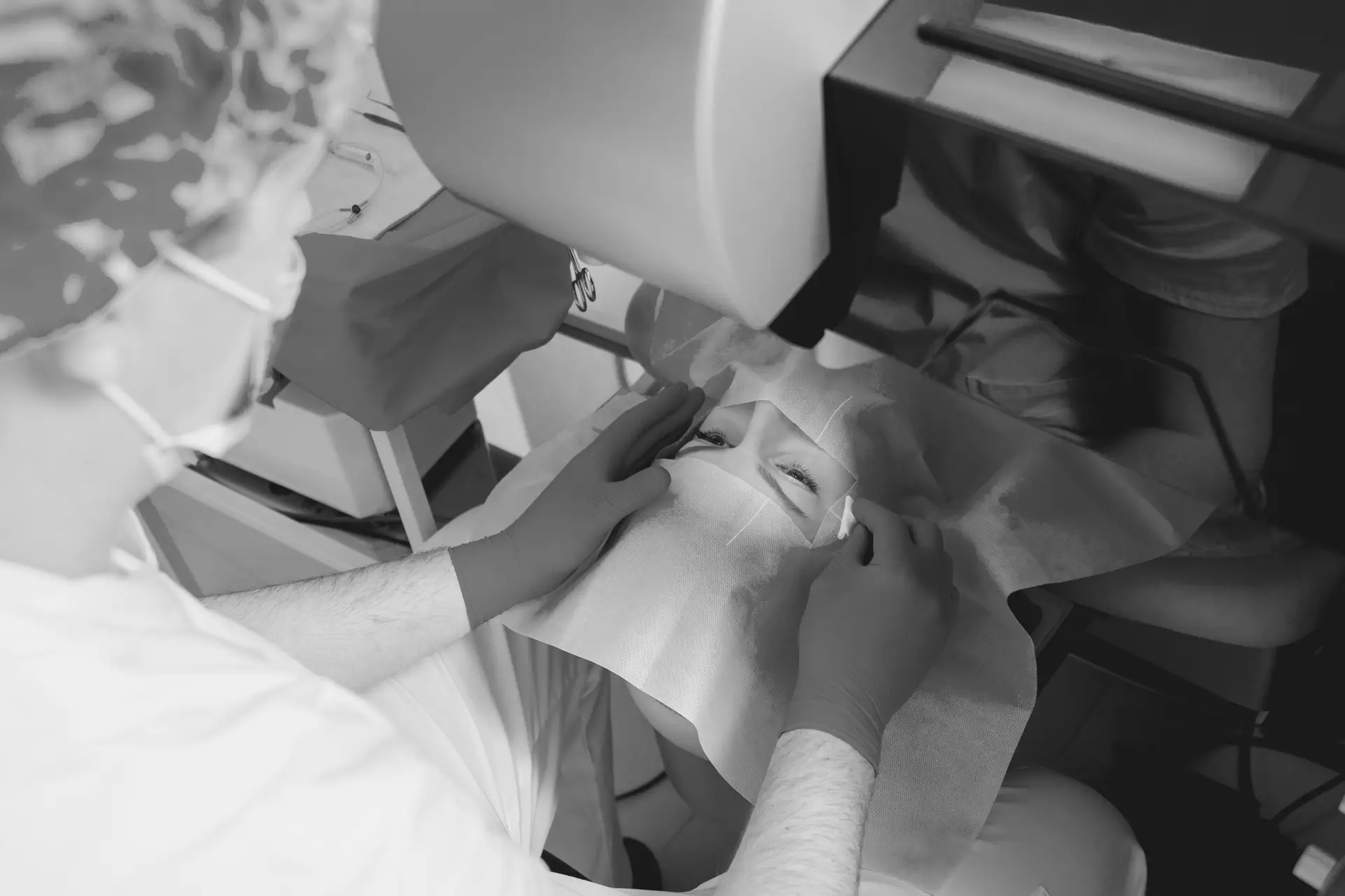
Refractive Surgery Recovery Time
Refractive surgery has an initial recovery time of up to 12 hours. Most patients experience clear vision after just one day. Full recovery typically takes anywhere from two to five days.
Schedule a Refractive Surgery Consultation
Now that you know more about the vision correction services we provide, choose the refractive treatment option that’s right for you. From LASIK to ICL, we offer the expert treatments you need to see life through new eyes. Schedule a consultation today to get started.




